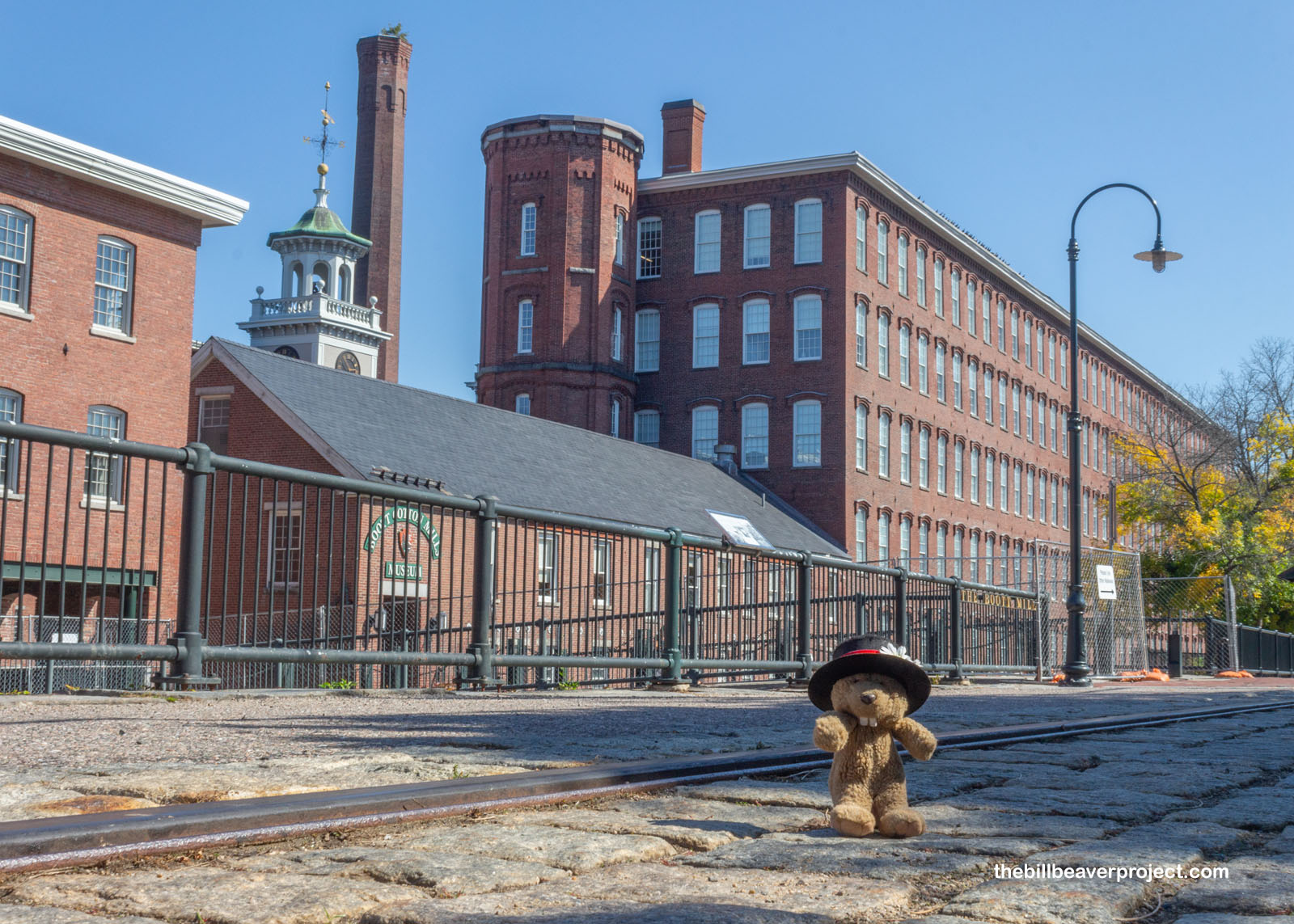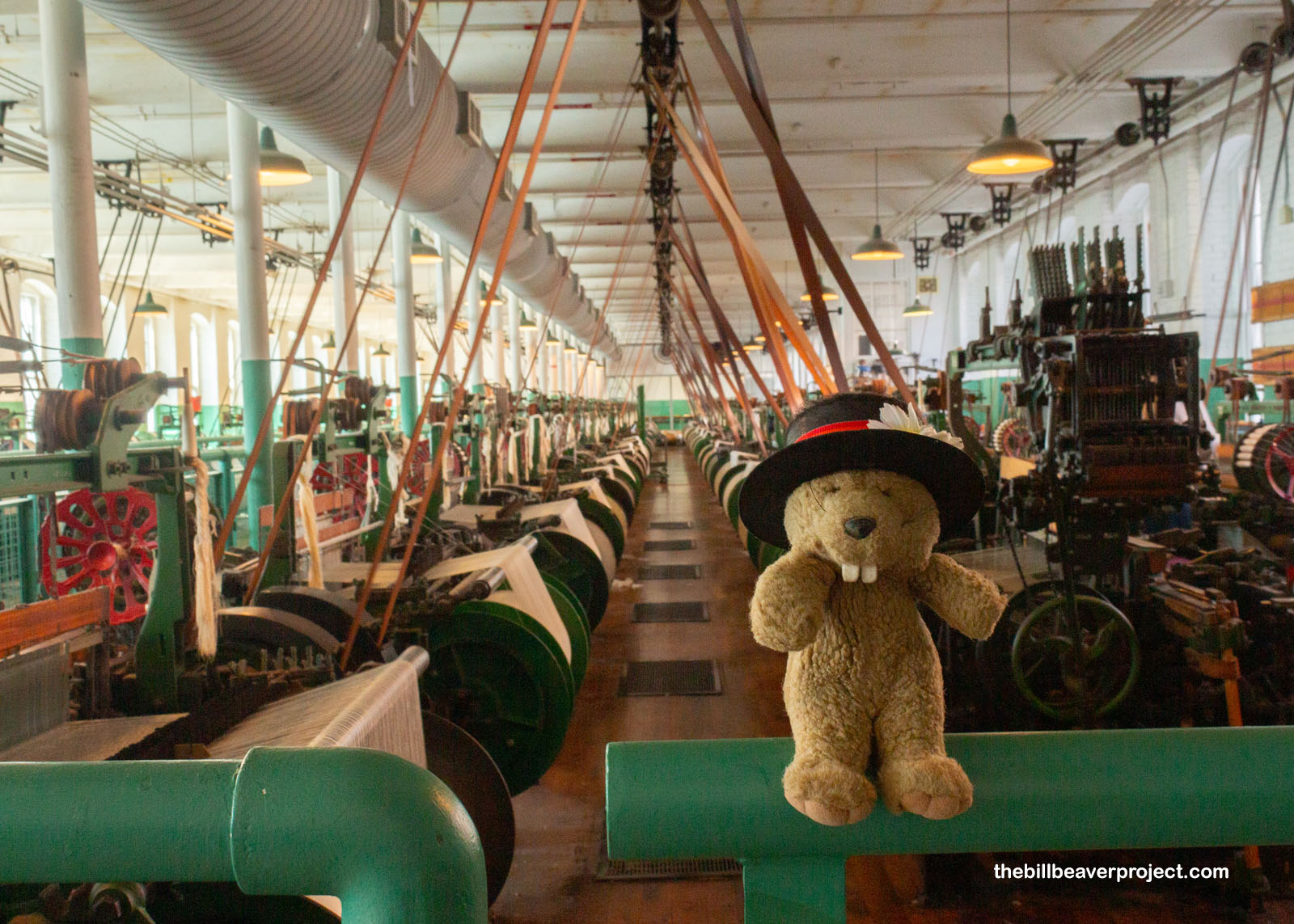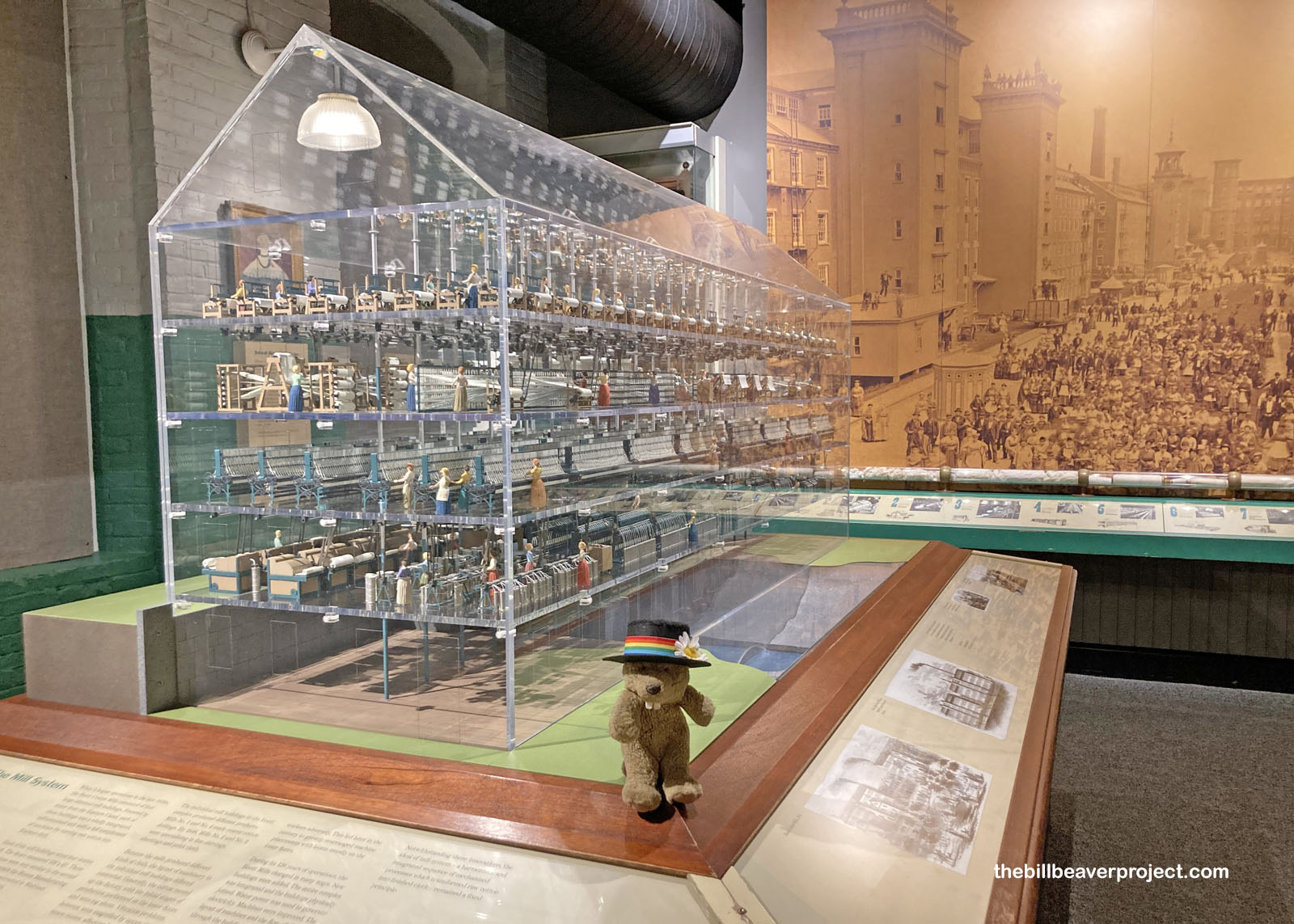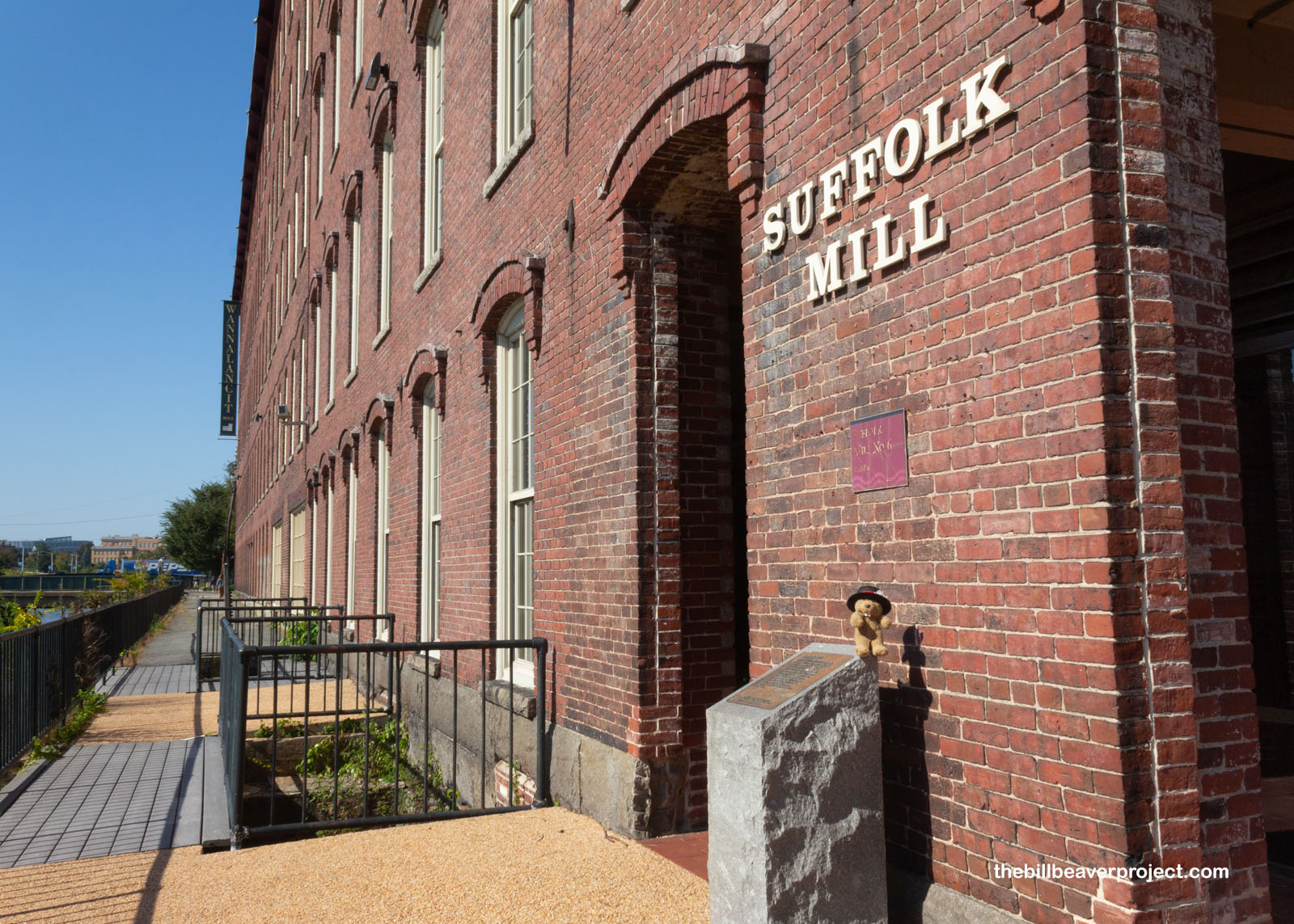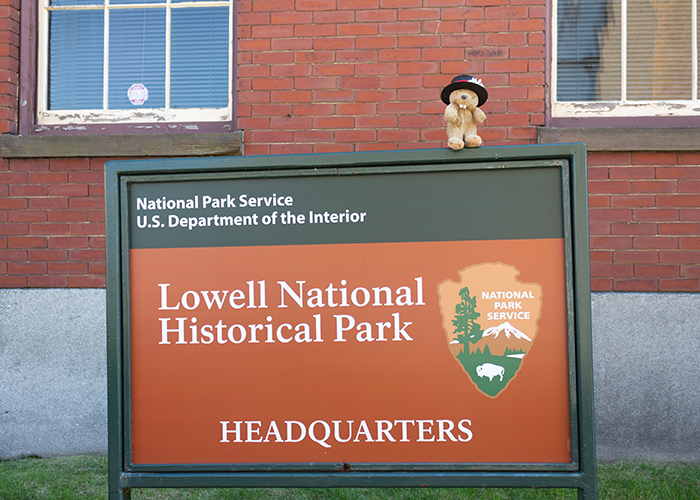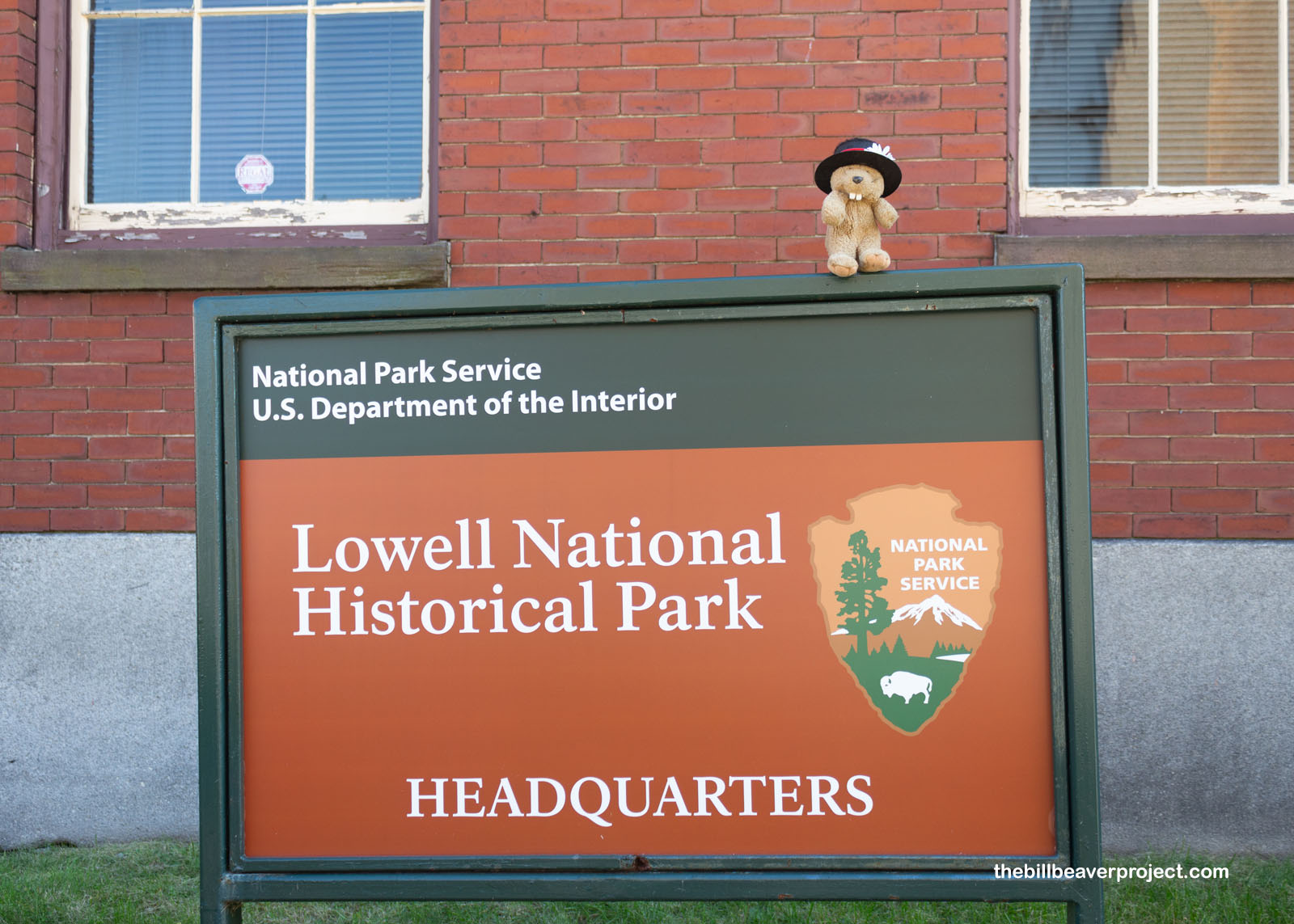
What Is Lowell National Historical Park?
This park preserves the historic mills and canals of America’s first industrial city!
What Makes It Historical?
The story of Lowell actually began in Waltham in the mind of Francis Cabot Lowell, a fellow who had smuggled memories of British power looms out of Britain in 1812 and, with the help of fellow investors, founded the Boston Manufacturing Company in 1814. Together, they founded the nation’s first “integrated,” water-powered textile mill in Waltham (integrated meaning raw cotton became finished cloth in one building)!
After Mr. Lowell died of pneumonia in 1817, his associates were ready to expand. Their Waltham Mill had exhausted the power of the Charles River, so they moved north to Pawtucket Falls on the Merrimack and reformed as the Merrimack Manufacturing Company in 1823! Among them was Kirk Boott, who not only set up one of the mills and served as agent of the Proprietors of Locks and Canals, but also led the laying out of the town that would bear Mr. Lowell’s name!
Mr. Boott’s integrated mill specialized in calico cloth, and like most mills, its workforce was mostly women from the surrounding countryside. It would later come to include men and folks from across the globe: Ireland, Poland, Greece, and beyond! Their days were strictly scheduled from 4:45 AM until 6:00 PM, and between their 80-hour work weeks, they had to go to church so the operations could appear moral! Nonetheless, these were hot and dangerous work places, which led to strikes for better wages in the 1830s and shorter days in the 1840s!
At its height, Lowell was home to ten mill complexes, churning out almost a million yards of cloth every week! But it was not to last! While these mills had evolved from water to steam power, other mills across the country were starting up with newer technology and cheaper labor. Hit hard by the Great Depression, then boosted by World War II, the last of Lowell’s original mills shuttered in the 1950s. The industry had decimated local fish populations with dams and waste, but they’ve been making a comeback thanks to the Anadromous Fish Conservation Act of 1965!
How Can I #HelpTheHelpers?
- Pay the entrance fee to help maintain trails, signs, structures, and other visitor services!
- Volunteer at Lowell National Historical Park!
- Donate to Lowell National Historical Park!
- Be a responsible visitor! Remember the old adages: Pack out what you pack in! Take nothing but pictures and leave nothing but footprints!
How Do I Get There?
246 Market St
Lowell, MA 01852
(Take Me There!)
When Should I Visit the Park?
The visitor center and Boott Cotton Mills Museum are open daily from 10:00 AM until 5:00 PM, except between the end of November and the middle of March! That’s when the schedule is Monday through Friday from 12:00 PM until 5:00 PM and weekends from 10:00 AM until 5:00 PM!
More Photos
